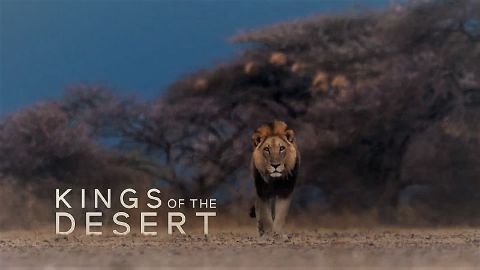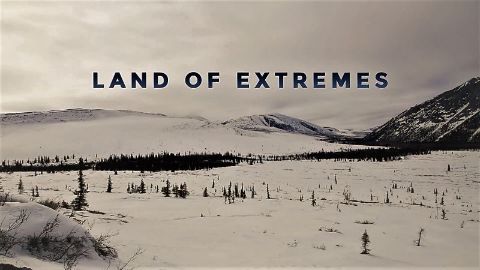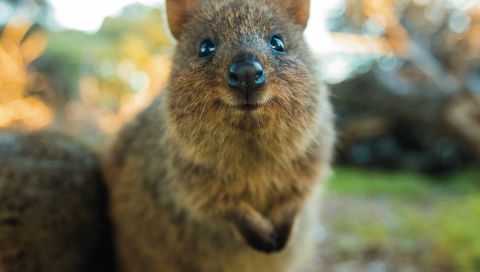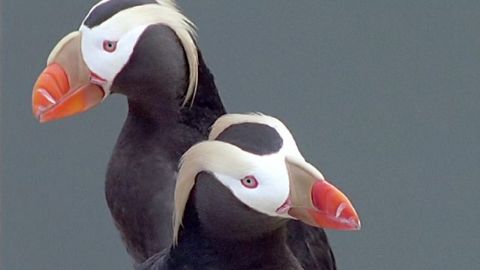Naked Mole Rats • 2019
For years, researchers have overlooked the naked mole rat, an elusive rodent that lives underground. But now they believe they may help humans live longer, healthier lives. Follow scientists around the globe as they study these remarkable rodents in labs and in their natural habitat, tracking their mating habits, testing their blood, and decoding their genome in an ongoing quest to combat age-related illnesses and even aging itself.
Make a donation
Buy a brother a hot coffee? Or a cold beer?
Hope you're finding these documentaries fascinating and eye-opening. It's just me, working hard behind the scenes to bring you this enriching content.
Running and maintaining a website like this takes time and resources. That's why I'm reaching out to you. If you appreciate what I do and would like to support my efforts, would you consider "buying me a coffee"?
Donation addresses
BTC: bc1q8ldskxh4x9qnddhcrgcun8rtvddeldm2a07r2v
ETH: 0x5CCAAA1afc5c5D814129d99277dDb5A979672116
With your donation through , you can show your appreciation and help me keep this project going. Every contribution, no matter how small, makes a significant impact. It goes directly towards covering server costs.





